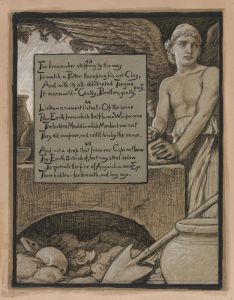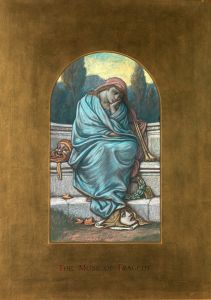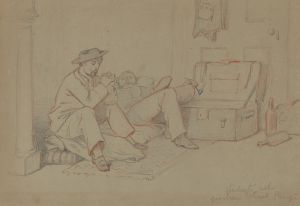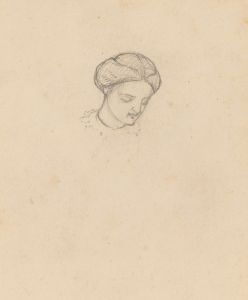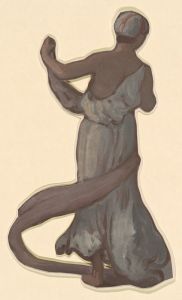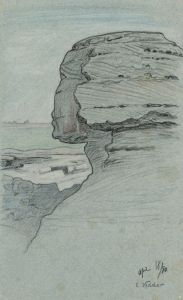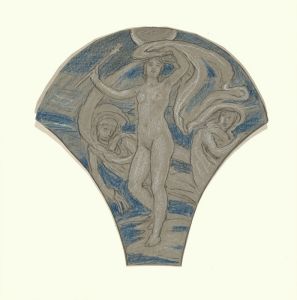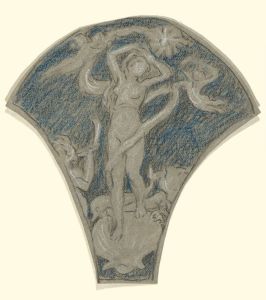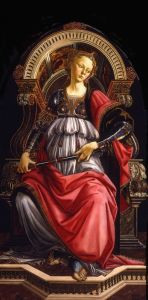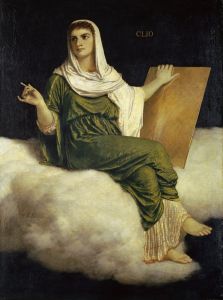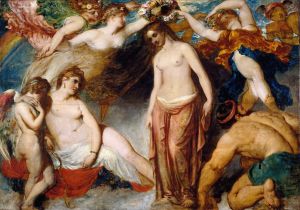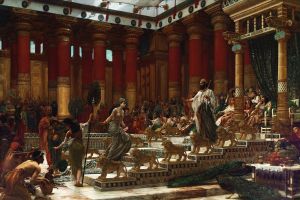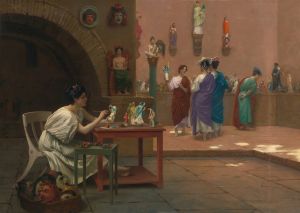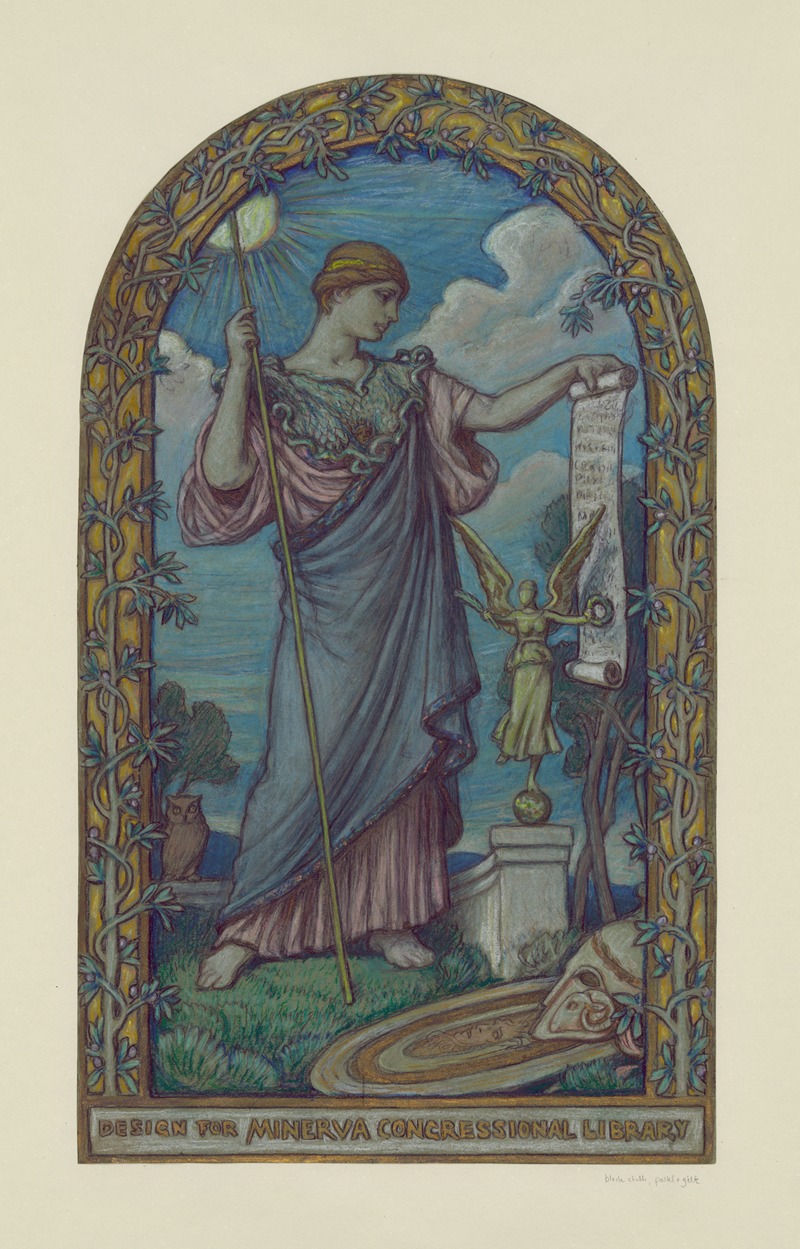
Design for Minerva
A hand-painted replica of Elihu Vedder’s masterpiece Design for Minerva, meticulously crafted by professional artists to capture the true essence of the original. Each piece is created with museum-quality canvas and rare mineral pigments, carefully painted by experienced artists with delicate brushstrokes and rich, layered colors to perfectly recreate the texture of the original artwork. Unlike machine-printed reproductions, this hand-painted version brings the painting to life, infused with the artist’s emotions and skill in every stroke. Whether for personal collection or home decoration, it instantly elevates the artistic atmosphere of any space.
"Design for Minerva" is a painting by the American artist Elihu Vedder, created in 1896. Vedder, born in 1836, was a prominent figure in the American Symbolist movement and is best known for his mystical and allegorical works. His artistic career spanned several decades, during which he produced a diverse body of work including paintings, illustrations, and book designs.
The painting "Design for Minerva" depicts Minerva, the Roman goddess of wisdom, war, and the arts. Minerva, known as Athena in Greek mythology, is often portrayed as a powerful and wise figure, embodying both intellectual and martial prowess. In Vedder's interpretation, Minerva is presented in a classical style, reflecting the artist's deep appreciation for ancient mythology and his skill in rendering allegorical subjects.
Vedder's "Design for Minerva" showcases his characteristic use of symbolism and intricate detail. The goddess is typically depicted wearing a helmet and holding a shield, symbols of her warrior aspect, while an owl, representing wisdom, is often included in the composition. The painting's composition and iconography are consistent with Vedder's broader oeuvre, which frequently explores themes of knowledge, power, and the human condition through mythological and allegorical lenses.
Elihu Vedder's work was heavily influenced by his extensive travels and studies in Europe, particularly in Italy, where he spent a significant portion of his life. His exposure to Renaissance art and classical antiquity profoundly shaped his artistic vision and technique. Vedder's fascination with ancient cultures and his meticulous attention to detail are evident in "Design for Minerva," which combines classical elements with his unique Symbolist style.
The painting was created during a period when Vedder was deeply engaged in producing illustrations for literary works, most notably his illustrations for the Rubáiyát of Omar Khayyám, which were published in 1884 and brought him considerable acclaim. "Design for Minerva" reflects Vedder's ability to blend literary and visual art, creating works that are rich in narrative and symbolic meaning.
Elihu Vedder's contributions to American art were significant, and his works are held in high regard for their imaginative qualities and technical proficiency. "Design for Minerva" is a testament to his skill as a painter and his enduring interest in classical mythology and allegory. The painting remains an important example of Vedder's artistic legacy and his role in the Symbolist movement.
Today, Vedder's works, including "Design for Minerva," can be found in various public and private collections, where they continue to be appreciated for their artistic and historical significance. His paintings offer a window into the rich tapestry of mythological and allegorical themes that captivated the imaginations of 19th-century artists and audiences alike.





